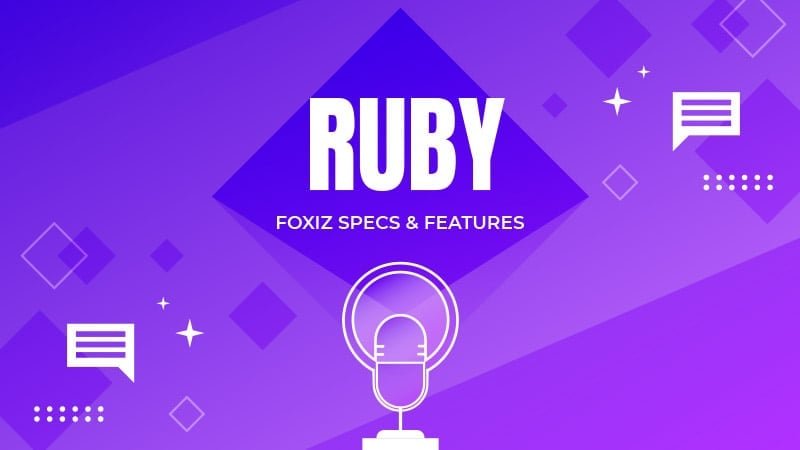In the digital advertising battlefield, businesses often find themselves bidding for the same user multiple times — across different platforms, campaigns, or remarketing funnels. This redundancy drains budgets and inflates acquisition costs without a guaranteed ROI.
Your Brand, Your Bid: Why You’re Paying Twice for the Same Clicks

In a highly competitive market, platforms like Google Ads and Facebook Ads operate independently. The same user might trigger impressions and clicks on both, resulting in duplicate spend. This is not just inefficiency; it’s a systemic issue in modern digital strategy.
You’re not just competing with rivals — you’re competing with yourself. And that’s the most expensive war you can fight.
Anonymous CMO
When brand campaigns overlap with retargeting and performance ads, the result is that one user interaction may cost you double — once for the brand impression, and again for the conversion click. This hidden duplication is burning holes in marketing budgets everywhere.
Webinars
Understanding the Double Spend Problem
Think of your customer journey: a potential buyer clicks your ad on Instagram, doesn’t convert, then searches your brand on Google — and clicks your search ad. You’ve paid twice for one user. This scenario repeats daily across millions of ad impressions.

Multi-channel marketing without coordination creates blind spots. Without unifying platforms or managing frequency, you’re effectively paying twice — or even more — for a single click journey.
True cost-efficiency lies in harmonizing your ad ecosystem, not expanding it recklessly.
Build an attribution model that aligns your campaigns instead of siloing them. Better orchestration means better performance — and less overspending.
Free Download
If you don’t monitor your overlapping audience reach and frequency, you’ll spend more for less impact — and miss optimization opportunities.
The Real Cost of Disconnected Campaigns
Most marketers look at CTR, CPC, and ROAS in isolation. But the true cost is often buried in redundant impressions and cross-platform bidding wars.
Ask yourself: Are you cannibalizing your own traffic? Are your campaigns talking to each other — or shouting over one another?

Smarter campaigns align audiences, creatives, and timing — reducing costs and increasing impact. Repetition without coordination is just noise.
What We Recommend
Audit your full media mix monthly. Use audience exclusions and frequency management. Avoid competing on brand terms if you already dominate organic or direct traffic.
Spending more doesn’t always mean getting more. The future of performance marketing lies in efficiency, not excess.
Final Thought: Align Strategy to Avoid Self-Competition
Marketers need to look beyond individual platforms and start thinking in terms of unified ecosystems. Paying twice for a single user touchpoint is not just bad practice — it’s bad business.
Take control of your bid strategy. Your brand deserves better than fighting itself in the auction room.








